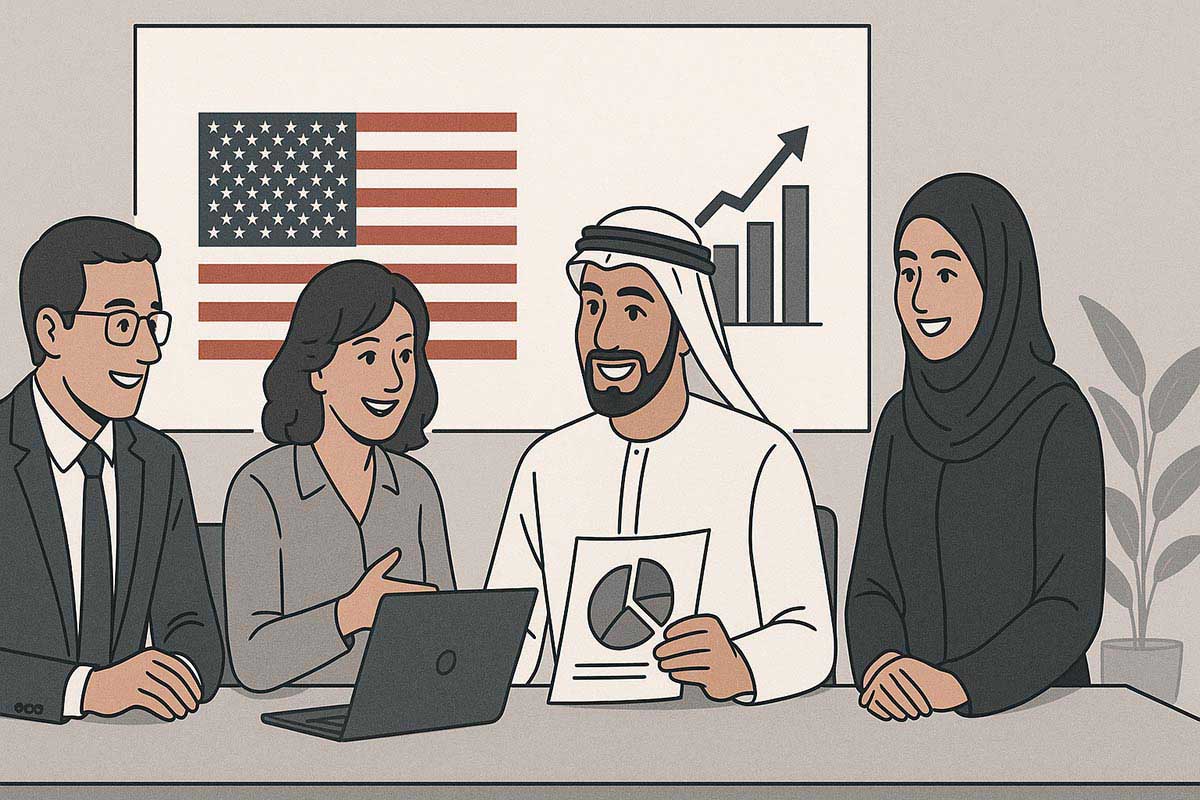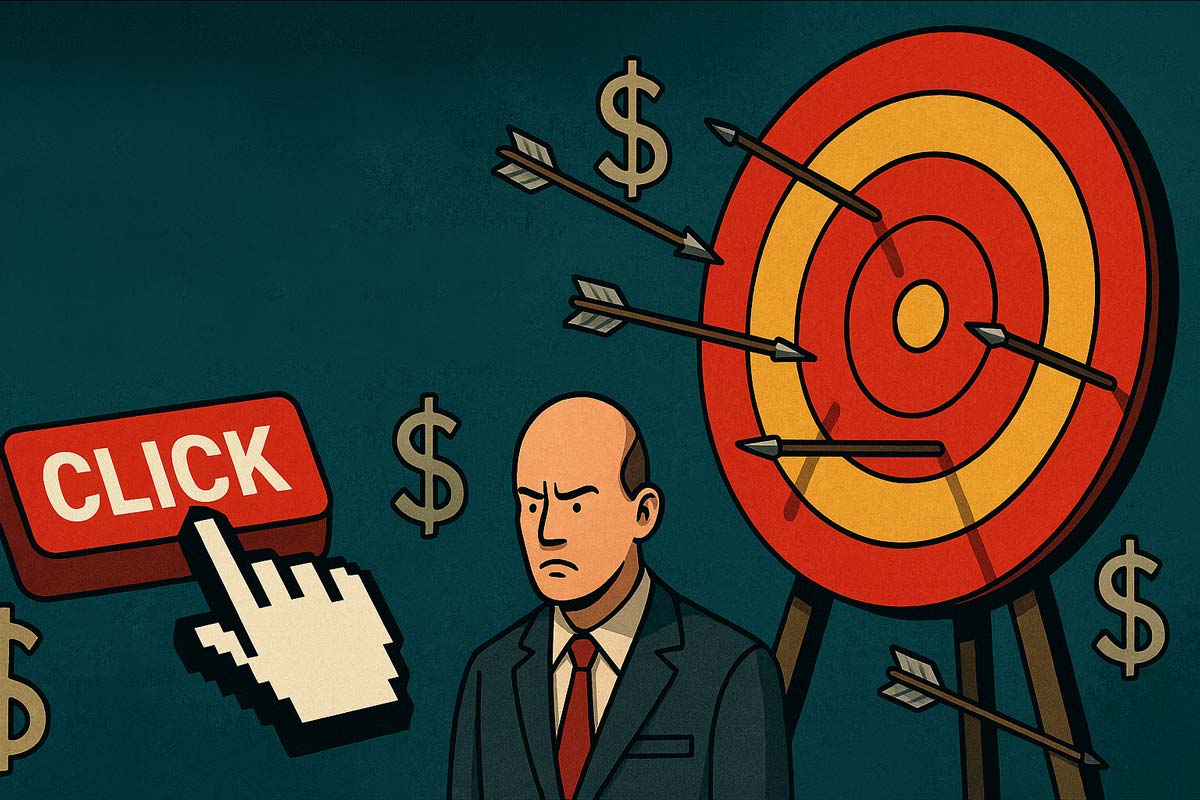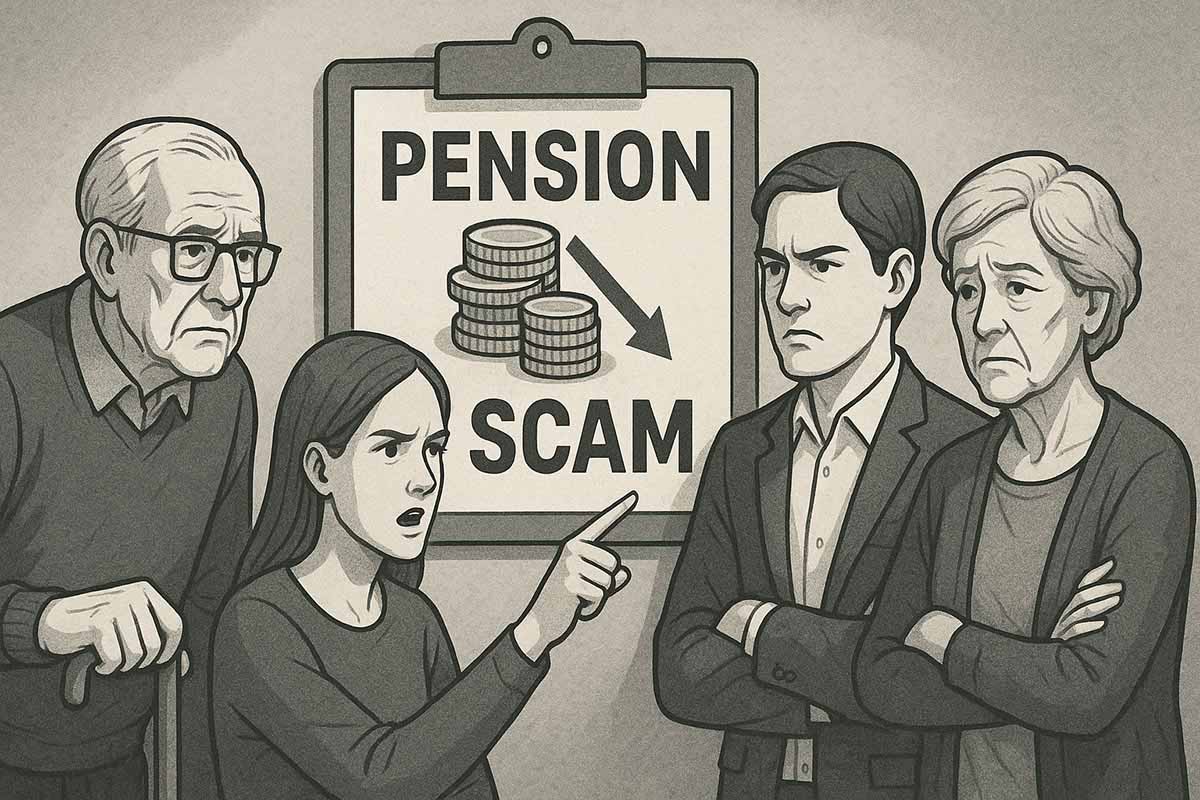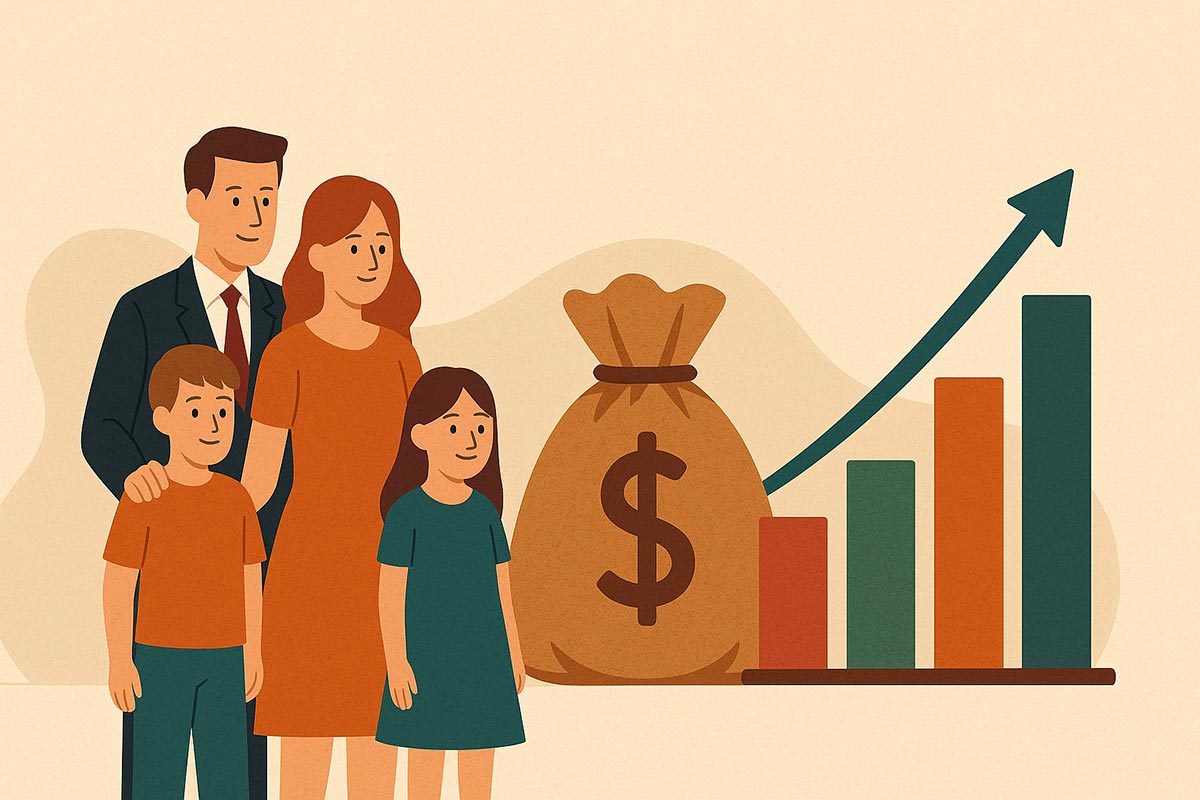The Walton Land Finance investment model is a strictly structured financial mechanism in which every figure is backed by a contract. Unlike most market instruments, its returns do not “depend on circumstances” and do not fluctuate with the moods of regulators or market players. It is fixed and known in advance: 8% per annum, accruing from day one and paid out to investors every quarter. The minimum entry is USD 50,000, which makes WLF a product designed for those who think in long-term cycles.
Investor funds are protected by two levels of security: a corporate guarantee from the largest homebuilder in the United States, and tangible land assets in the U.S. at the pre-development stage, with registered ownership rights and binding agreements with the country’s largest national developers. Every invested dollar is driven into the ground – an asset that cannot be printed and cannot be siphoned offshore.
This model has particular significance for investors in jurisdictions with zero personal income tax, such as the United Arab Emirates. In the U.S., income from WLF is not taxed, which means the 8% annual return translates into a pure net profit, free of deductions or hidden charges. In a world where most traditional instruments are eroded by fees, taxes, and inflation, such a return is not “modest” but strikingly rational.
Walton Land Finance is a precise mechanism that functions exactly as it should: capital is invested, land is secured, and distributions are paid on schedule. In a world where everything else is collapsing, this seemingly “boring” system has become a form of luxury.
Of course, any financial product is only as valuable as the strength of the company that stands behind it. Walton Global is a firm with a 47-year track record, having endured every crisis that has shaken the world in succession, from the dot-com bust and the global recession of 2008 to the pandemic and the banking collapses of recent years.
The company manages assets of more than USD 4.5 billion and operates in land, an asset class that is unaffected by fashion or technological cycles. Walton’s portfolio includes tens of thousands of hectares in high-growth corridors, fully entitled and prepared for development, with clean ownership rights and approved master plans. Within a few years, these tracts will become new residential neighborhoods and commercial zones for America’s largest builders. This makes Walton not a speculative operator but a major and reliable systemic player.
Over nearly five decades, the firm has built a network of investors across more than seventy countries. More than 90,000 individuals and dozens of institutional entities worldwide, including major U.S. corporations, have entrusted it with their capital, and that trust is confirmed by results: more than USD 2.5 billion has already been paid out to clients. There is no “magic” in this figure, only discipline – the kind that sustains a reputation as a reliable investment partner.
Walton operates hand in hand with those who shape the U.S. housing market, and this is one of the key pillars of its resilience. The country’s leading developers, including D.R. Horton, acquire Walton’s prepared assets – the very land on which homes for tens of thousands of American families will rise tomorrow. This link between “land – developer – investor” is the structure that has functioned for decades and continues to do so.
In essence, Walton is a machine built to systematically work with an asset that cannot be reproduced. This is why when the company brings a product like Walton Land Finance to market, it is not a marketing experiment but the logical continuation of a foundation laid over decades. There is no room for improvisation, because the nature of the asset itself rules out chance. Land is either ready for development or it is not; transactions are either executed or they are not; distributions are either paid on schedule or the company loses face. In Walton’s case, the second option is excluded by the very design of its model.
The World Around
The last fifteen years have proven a simple truth: stability no longer exists. What was considered “unshakable” yesterday collapsed within weeks, and the most striking part was not the catastrophes themselves, but how quickly they vanished from the headlines as if trillions had not gone up in smoke.
The 2008 crisis alone wiped out thirty trillion dollars in market capitalization. Thirty trillion – more than the annual GDP of Europe. People lost their homes, funds collapsed, banks once thought of as pillars of security disappeared. American families handed their house keys back to banks by the thousands as mortgages became unbearable. In Greece and Spain, people were forced into the streets; in Russia, banks and investment companies failed, leaving clients with nothing. Today, this is remembered, if at all, only in economics textbooks.
China, once hailed as the new hope of the global economy, has drowned in its own bubbles. Evergrande, one of the largest construction corporations in the world, collapsed under the weight of three hundred billion dollars in debt, leaving millions of families with empty concrete shells instead of apartments. Thousands of projects have been halted, millions of units remain unfinished, yet in official rhetoric this is politely called “restructuring.”
Europe is no longer the engine of the world economy but an old diesel starved of fuel. Germany, once the model of industrial growth, teeters on the brink of recession. Its energy sector has been in convulsions since 2022, production is falling, and competitiveness in manufacturing is slipping away. France and Italy drag behind them a debt load exceeding one hundred percent of GDP, and everyone pretends that this is normal.
The CIS has long lived in an alternate reality. Here the reliability of banks is a myth sustained only because people are too afraid to face the truth. Deposits evaporate with revoked licenses, currency swings erode savings, and state funds spend money faster than it can be earned. Pensioners live on two to three hundred dollars a month, choosing between food and medicine, despite having paid into the state system their entire working lives. Everyone knows this, but silence is easier, because admitting it means admitting there is no one left to rely on.
Cryptocurrencies have turned into a graveyard of hope. FTX collapsed, leaving a hole of thirty-two billion dollars. Terra Luna erased forty billion in market value in a matter of days. Celsius wiped out millions of private accounts. People who only yesterday fancied themselves financial geniuses now work as couriers, still paying off mortgages for apartments bought “at the peak.”
Startups, once hailed as the new driving force of the economy, proved to be soap bubbles. In 2021, the world applauded thousands of “unicorns” valued at over one billion dollars. Within two years, a third of them had lost more than seventy percent of their value. Investors lost tens of billions, but the industry carried on as if this were merely “a natural process.”
Corruption finishes off whatever could still be salvaged. In Africa, Asia, and the CIS, infrastructure projects collapse before they even begin. Billions sink into the sand, construction sites are abandoned, and the money dissolves into offshore accounts. People see concrete shells instead of schools and hospitals, but prefer to remain silent: everyone knows where the money went, yet no one dares to say it out loud.
Even the banking system, once regarded as the symbol of stability, is cracking. Silicon Valley Bank fell in a matter of days, dragging hundreds of companies with it. Credit Suisse, with a century and a half of history, disappeared in a few short weeks. These failures made headlines but faded quickly, because the industry cannot afford to advertise its own weakness.
And on top of all this sits the pension crisis. In developed countries, the system buckles under demographic pressure: by 2050 there will be nearly one retiree for every working-age person. It is mathematics, and there is no escaping it. Europe reels from protests against raising the retirement age, Japan faces fund deficits, and the CIS lives in poverty. People pay taxes all their lives, only to receive a pension on which survival is impossible.
The picture is obvious. The world lives on the bones of illusions. Banks collapse, crypto burns, startups implode, states steal, and pension systems turn into mockeries. Everyone knows it, but no one says it, because losses do not sell.
And it is precisely in this context that predictability has become the most valuable currency. Not growth, not innovation, not miracles, but simple, steady predictability: you invest, you get paid. Everything else over the next ten to fifteen years will be shaken and tossed, and anyone betting on illusions is playing roulette where the house always wins.
Conclusion
In a world where supposedly “unshakable” institutions collapse every day, predictability has become a luxury. It is worth more than promises or slogans, because the only thing that matters is the fact of receiving income.
Walton Land Finance is an instrument that does not require faith. Its logic is simple and transparent: the money is invested, the land is secured, the payments arrive on schedule. No miracles, no dependence on “favorable conditions.”
This is precisely why thousands of investors worldwide have already chosen it. They are people who have grown tired of chaos and want tomorrow to look as reliable as today. For residents of the United Arab Emirates, this choice is especially obvious. With no personal income tax, eight percent annually means a pure eight percent, free of hidden deductions and bureaucratic traps. In a world where states are constantly searching for new ways to reach into citizens’ pockets, this looks not only sensible but almost brutally rational.
The question every investor must ask is a simple one: do I want to keep playing games and hoping for miracles, or do I want an instrument that works because it is built on a real asset? The answer is obvious.
The choice is not broad. In fact, it is banal. And if one thinks rationally, there is no alternative to Walton Land Finance and products of its kind. Everything else is nothing more than a game of roulette, where the outcome is already known to everyone in advance.



